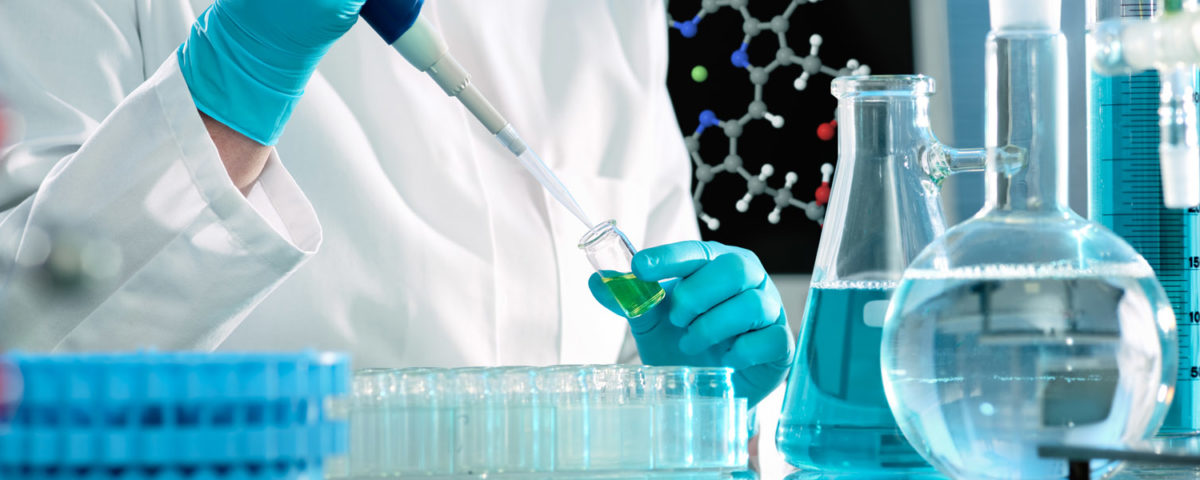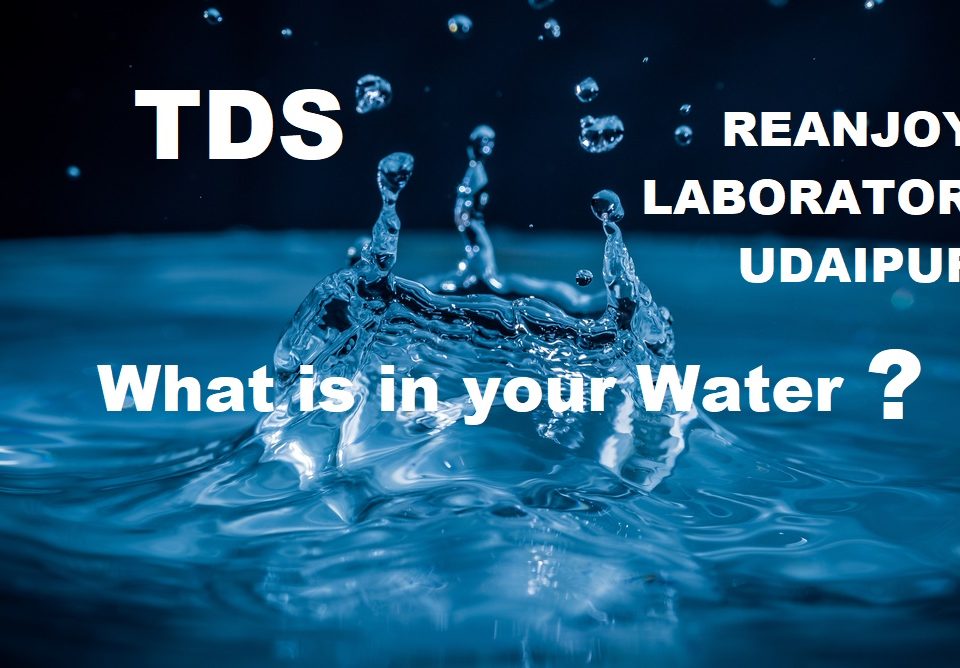Lime Testing in Rajasthan, Gujarat, India

Calcium Carbonate (Calcite) Testing
September 11, 2018
Water Testing
September 15, 2018REANJOY LABORATORIES Udaipur providing facilities & Services – Test Parameters
- Moisture
- Available Lime as Ca(OH)2
- Acid-insoluble matter as SiO2
- Iron as Fe2O3
- Alumina asAl2O3
- Magnesia as MgO
- Dead burnt lime as CaO
- Carbon dioxide
- Manganese as Mn2O3
What is Hydrated Lime (slaked lime) – A Dry white powder obtained by treating quicklime (lime or calcium oxide) with water, enough to satisfy its chemical affinity for water under conditions of hydration. It has many names including hydrated lime, caustic lime, builders’ lime, slack lime, cal, or pickling lime.
Calcium hydroxide is used in many applications, including food preparation. Lime water is the common name for a saturated solution of calcium hydroxide, A flocculent, in water and sewage treatment and improvement of acid soils, An ingredient in whitewash, mortar, and plaster, An ingredient in baby formula milk, A chemical reagent, Hydrated lime is used for neutralization, coagulation, dehydration, hydroxylation, and absorption. It is also used as a flux in metallurgy, as a specified lubricant, as a bonding agent, as a filler, as a raw material. Relatively newer industrial uses, such as Flue Gas Desulphurization, have required new product characteristics: from enhanced average fineness to a higher surface area and pores volume. High Calcium Hydrated Lime is used in Petroleum industry for the manufacture of Lime based lubricating greases. These are commonly called “cup greases” are used for machinery not subject to high temperature. Hydrated Lime is as well used in the manufacture of Stable Bleaching Powder. Other important applications of lime include the manufacture of Soda Ash, Caustic Soda, by lime soda process, Bleach Liquor for Paper in North India, Textiles, Sugar and Varnish manufacture, and tanning industries. Nowadays, it is a widely used in an effluent treatment plant to neutralize acidic effluent in various industries.
Hydrated lime is known calcium hydroxide & slaked lime is generally a dry powder resulting from the controlled slaking of quicklime with water. The exothermic or released heat of reaction is captured and used to evaporate the excess slaking water. For “slurry lime” excess water is not evaporated and the hydrate remains as a water suspension
The present existing manufacturing capacity in the country for the manufacture of hydrated lime is not sufficient to meet the growing demand of its dependent chemical and other industries. Raw materials, process equipment’s, and the necessary know-how involved in the manufacture of hydrated lime are available indigenously but are not sufficient to produce quality Hydrated Lime using high reactive quicklime produced from modern twin shaft kilns.
Customers are also eased with the availability of the High Calcium Hydrated Lime in varied grades that fulfill with the international norms.
Chemical Reactions:
CaO + H2O → Ca(OH)2 + 15.3 kcal/mole
Molecular weights: 56 + 18 → 74
Therefore, 74 gr. of calcium hydrate shall be obtained from 56 gr. of pure calcium oxide and 18 gr. of water. This means that 132 gr. of Ca(OH)2 shall be obtained from gr. 100 CaO. Therefore, the hydration water represents 24.3% of the finished product and the water-calcium oxide and hydrate-calcium oxide weight ratios are respectively the following ones:
H2O / CaO = 0.321
Ca(OH)2/ CaO = 1.321
The reaction, as shown in the above formula, is strongly exothermic; the quantity of heat developed is equal to 273 kcal/kg.
Differences between Hydrated lime and Quicklime?
The main differences between hydrated lime & quicklime are their reactivity & their chemical composition. Hydrated lime and quicklime are both calcium compounds. In its hydrated state, calcium is called calcium hydroxide, and in its pure state, it is called calcium oxide, or quicklime. Calcium oxide has a heavy density (65lb/ft³) and is more reactive than hydrated lime.
To simplify, hydrated lime is the result of adding water to powdered quicklime, putting it in a kiln or oven, and then pulverizing it with water. The resulting lime has a density of 35lb/ft³ and is called calcium hydroxide.
It is necessary for calcium oxide (quicklime) to be soaked in a controlled environment because it can create heat that reaches up to 120 degrees Fahrenheit. Calcium hydroxide, or hydrated lime, is already neutralized, so it will not undergo oxidation and can be used with water, for water ph control, lime slurry addition, lime slurry mixes, soil rehabilitation and more.
Requirements for Hydrated lime for chemical industries.
| S.No. | Characteristics | Grade A | Grade B | Grade C |
| 1 | Moisture, percent by mass
|
0.5 to 0.8 | 0.5 to 0.8 | 0.5 to 0.8 |
| 2 | Available Limex as Ca(OH)2,
percent by mass, Min.
|
90 | 88 | 86 |
| 3 | Acid insoluble matter as SiO2,
percent by mass, Max.
|
1.0 | 1.0 | 1.5 |
| 4 | Iron as Fe2O3,
percent by mass, Max.
|
– | 0.2 | 0.3 |
| 5 | Alumina asAl2O3,
percent by mass, Max.
|
– | 0.3 | 0.3 |
| 6 | Magnesia as MgO,
percent by mass, Max
|
1.5 | 1.0 | 1.0 |
| 7 | Dead burnt lime as CaO,
percent by mass, Max |
– | 2.0 | 2.0 |
| 8 | Carbon dioxide,
percent by mass, Max
|
1.0 | 2.0 | 2.5 |
| 9 | Manganese as Mn2O3,
percent by mass, Max. |
– | 0.03 | 0.03 |
x To convert the available lime content from CaO to Ca(OH)2 multiply the result by1.32



